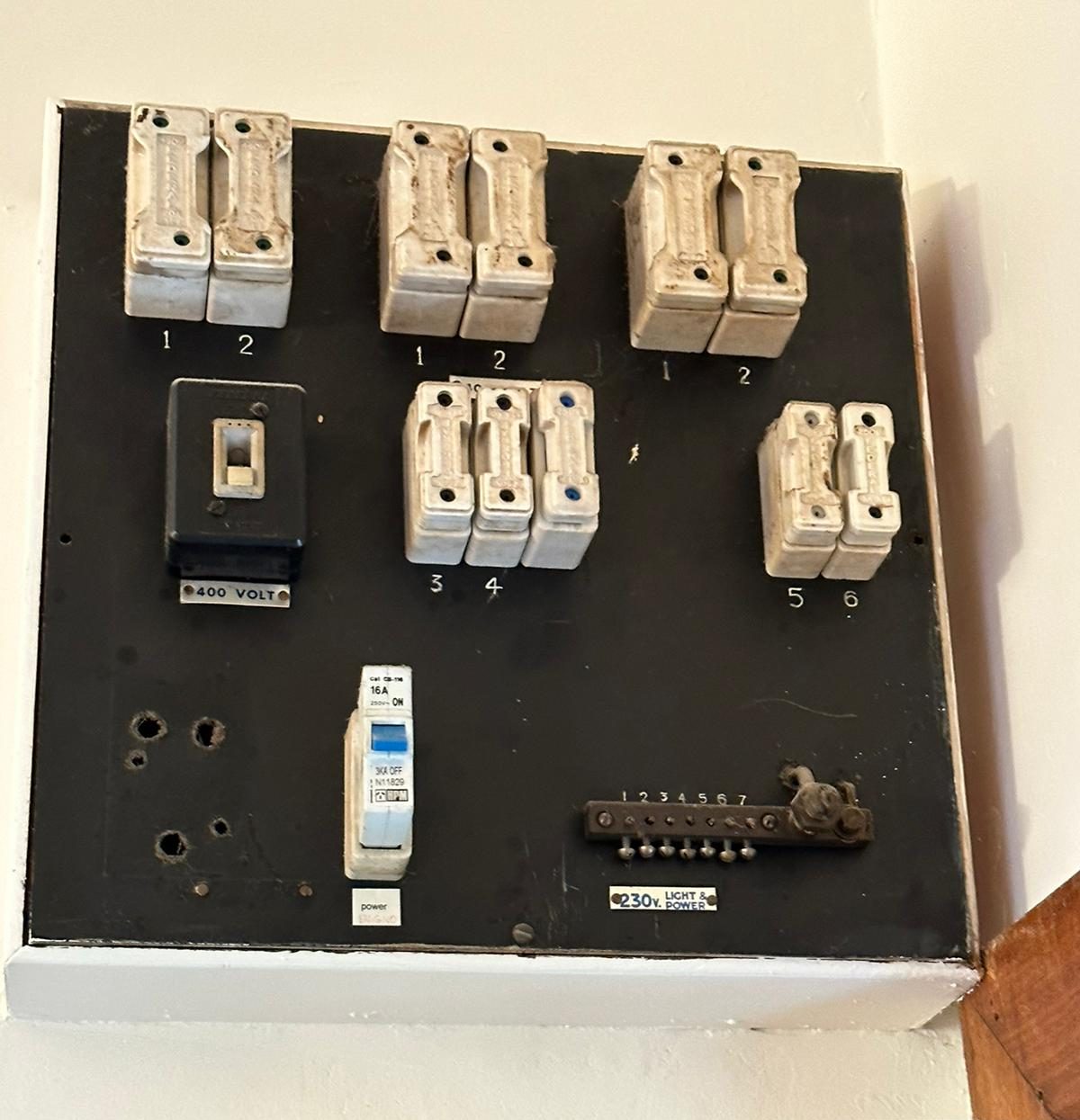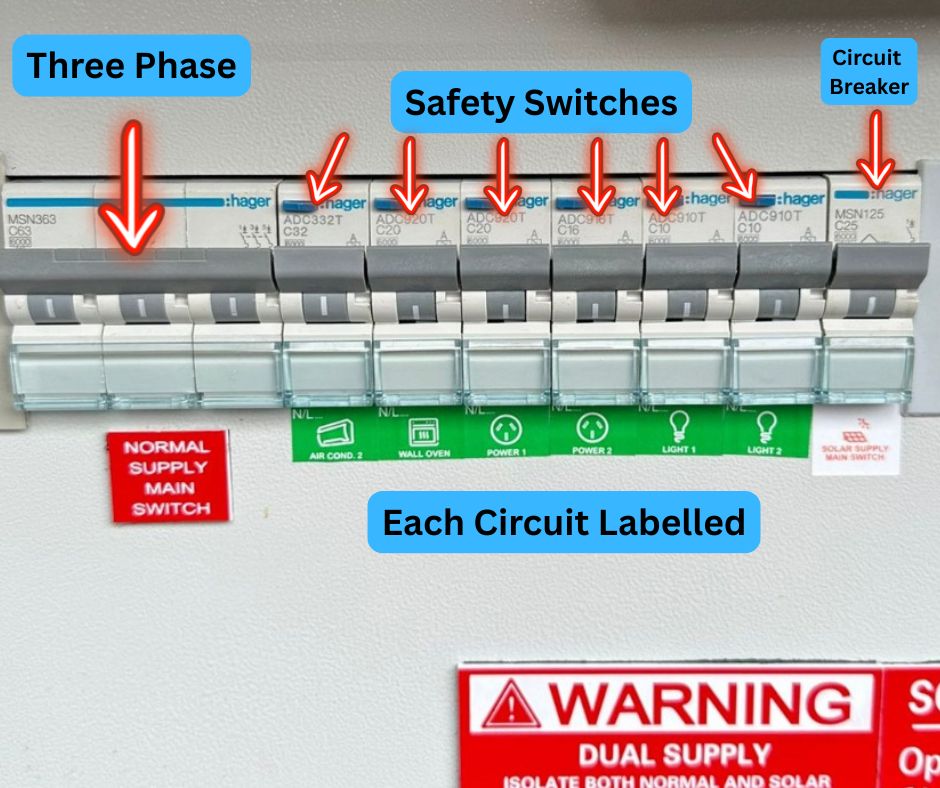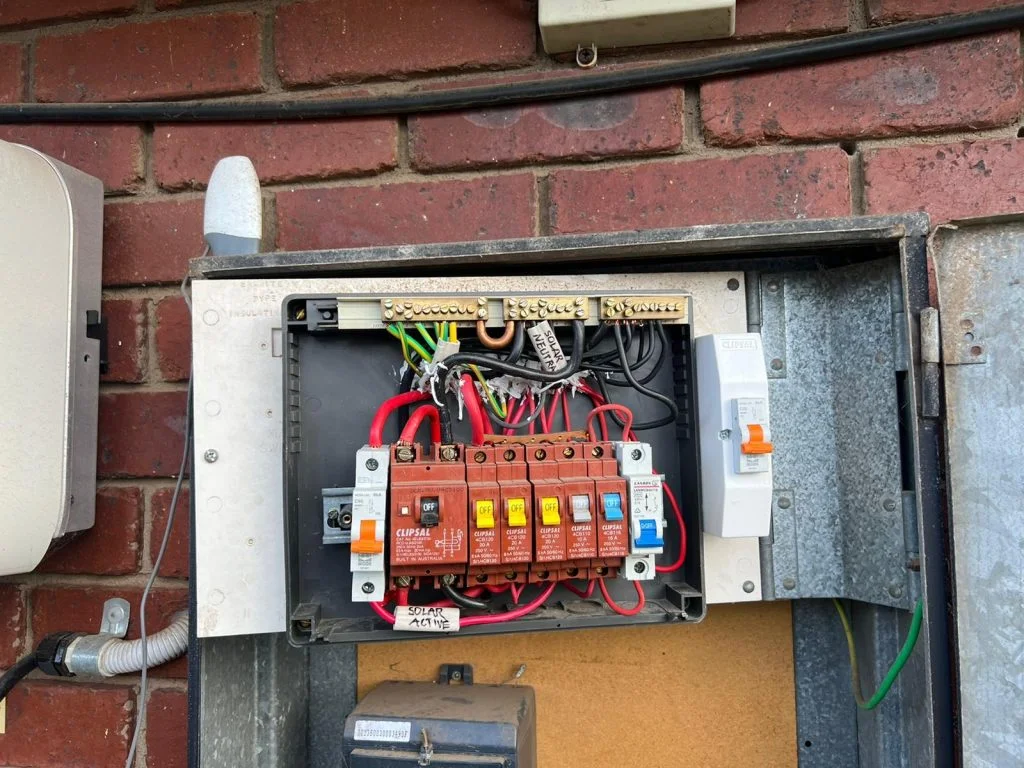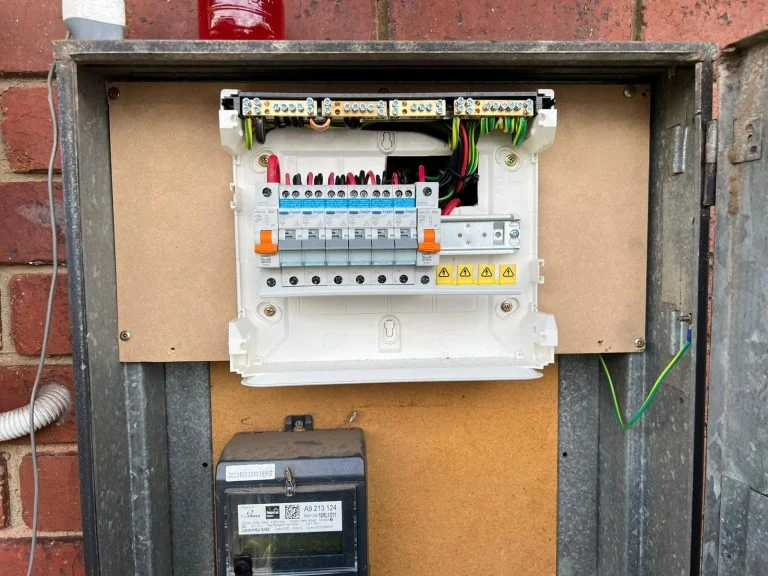Understanding the Critical Importance of Safety Switches in Home Protection
Without safety switches, also referred to as RCDs or Residual Current Devices, your residence remains vulnerable, lacking an essential automatic safety mechanism against electric shock. In the case of an electrical malfunction, the power may not disconnect swiftly enough, exposing you to the risk of severe injury or potentially catastrophic fires. In Victoria, current legislation mandates the installation of safety switches for all final circuits in residential properties, thereby significantly enhancing safety and mitigating the risk of accidents.
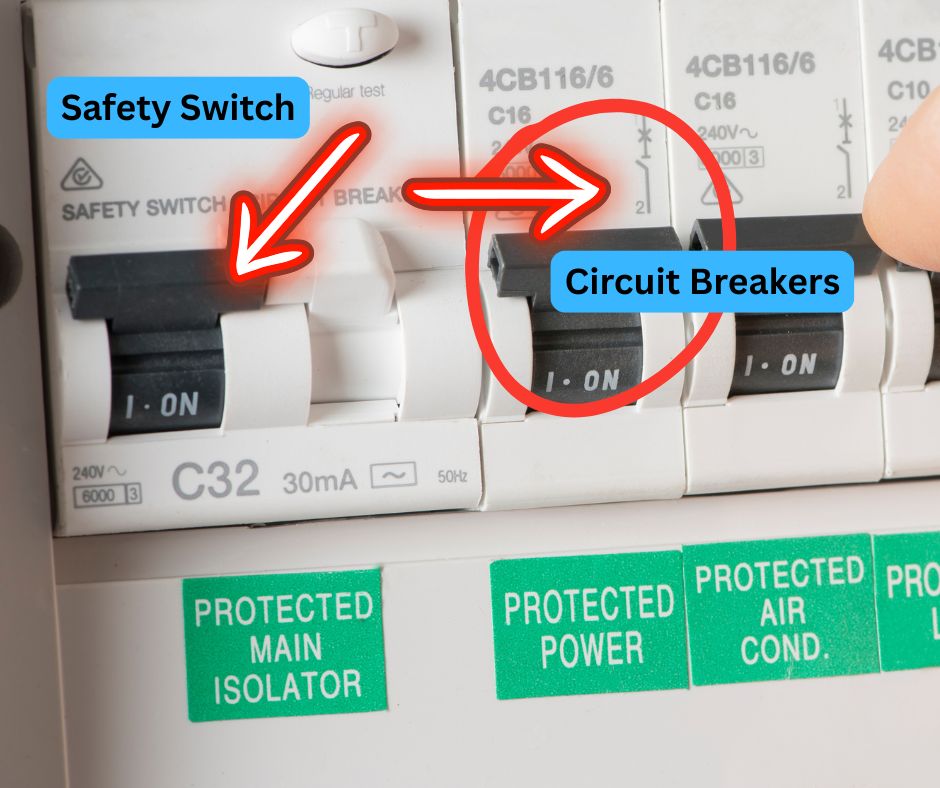
Uncovering the Functionality of Switchboards and the Indispensable Nature of Safety Switches
Safety switches serve as vital elements within your home’s electrical infrastructure. If your switchboard is devoid of these essential protective devices, your safety may be gravely compromised. This issue is particularly concerning in older residences in areas such as Footscray, Braybrook, and Yarraville, where many long-term inhabitants have not upgraded their electrical systems for numerous years. While older fuse boxes featuring ceramic fuses, cotton-wrapped wiring, or basic breakers might still operate, they fail to provide adequate safeguards against electric shock or other electrical hazards that can jeopardise the safety of you and your family.
It is crucial to recognise the potential dangers associated with outdated electrical systems to ensure the security of your household.
1. Understanding Safety Switches: What They Are and How They Operate
A safety switch, commonly identified as a Residual Current Device (RCD), continuously monitors the flow of electricity in real-time. If it identifies a current leak—such as one resulting from a damaged wire or an individual accidentally coming into contact with electrical current—it will disconnect the power within milliseconds. This swift response is what renders safety switches vital for preventing serious accidents. Unlike conventional fuses and breakers that trip due to overcurrent, safety switches activate specifically in response to hazardous conditions, safeguarding your safety and well-being.
2. A Simple Guide to Identifying Safety Switches in Your Home
To ascertain whether your switchboard is equipped with safety switches, open the panel and search for specific indicators, such as:
- Labels indicating “Safety Switch”
- Labels denoting “RCD”
- A TEST button located on the circuit breaker
If you cannot find a test button on any of your breakers, or if your switchboard still features ceramic fuses, this suggests that you lack RCD protection in your home. This critical information is elaborated upon in our comprehensive Switchboard Upgrade Services.
3. Identifying the Risks Associated with the Absence of Safety Switches
Increased Risk of Severe Electric Shock
If your home is without a RCD, the risk escalates considerably. If a live wire connects with an individual or a conductive surface, the electrical current remains active. This scenario poses extreme danger, as neither the fuse nor the breaker will react quickly enough to avert a serious electric shock, creating a potentially life-threatening situation.
Inadequate Protection Against Appliance Failures
When appliances such as a malfunctioning toaster or washing machine begin to leak current, they can energise nearby metal surfaces, leading to severe injury. Thankfully, RCDs are specifically designed to promptly detect these hazardous faults, offering essential protection and potentially saving lives in critical situations.
Non-Compliance with Contemporary Safety Regulations
All homes constructed or renovated after 1991 in Victoria are legally mandated to have safety switches installed on power circuits. As of 2007, this requirement extends to lighting circuits as well. For comprehensive guidelines, please consult the Energy Safe Victoria documentation.
4. Signs Indicating Your Switchboard May Be Outdated and Unsafe
- No “TEST” buttons present on breakers
- Outdated ceramic fuses are still in use
- Power outlets emitting buzzing sounds or feeling warm to the touch
- A single circuit serving the entire household
- Insufficient space for adding extra breakers
- Frequent flickering lights or tripped circuits when operating multiple appliances
If you observe any of these concerning signs, we strongly recommend visiting our switchboard service page. Our expertly trained team is equipped to conduct a thorough inspection of your switchboard and provide you with a detailed quote on the spot.
5. Our Comprehensive Approach to Upgrading Your Switchboard for Enhanced Safety
Throughout our thorough upgrade process, we will:
- Conduct a meticulous inspection of your existing switchboard and electrical circuits
- Remove any outdated ceramic fuses or breakers
- Install advanced RCBOs that integrate both circuit breaker and safety switch functions
- Clearly label every circuit for easy identification and access
- Provide a Certificate of Electrical Safety upon successful completion of the upgrade
- Coordinate any necessary temporary power shutdowns to ensure safety during the process
Additionally, we can strategically separate lighting and power across distinct circuits, significantly enhancing both the safety and performance of your home’s electrical system.
6. Is a Complete Switchboard Replacement Necessary?
In most instances, the answer is yes. Merely adding safety switches to an older switchboard may not be the safest or most effective solution. We often recommend a full switchboard replacement if:
- You are still utilising rewireable fuses
- Visible signs of overheating or corrosion are evident
- You plan to add more circuits or electrical appliances
- Your insurance provider necessitates a compliant switchboard for coverage

Frequently Asked Questions About Safety Switches
Are safety switches legally mandated?
Yes, safety switches are a legal requirement for all newly constructed homes and for significant renovations. Older residences must have these devices installed whenever substantial electrical work is performed.
How frequently should safety switches be tested to ensure proper functioning?
It is advisable to test safety switches every three months. Simply press the TEST button to verify that it trips as expected. If it does not trip, this indicates a malfunction, and you should promptly arrange for a replacement.
Can I retain my old fuse box and merely add one RCD?
While it is technically feasible to do this, it is seldom advisable. Older fuse boards lack the capability to protect against the demands of modern electrical circuits.
Will my power supply be temporarily interrupted during the upgrade?
Yes, there will be a temporary interruption in your power supply. However, we will strive to minimise downtime and will work in coordination with your energy distributor to ensure a smooth transition.
Upgrade Your Switchboard Now for Enhanced Safety and Regulatory Compliance
Operating your home without safety switches exposes you to significant risks associated with electrical faults. A singular electrical fault could lead to serious electric shock, fire hazards, or even more dire consequences.
We specialise in upgrading your switchboard promptly and effectively, ensuring it adheres to all safety standards with full certification, thereby ensuring your home is compliant with contemporary safety regulations rather than outdated practices.
Discover our Switchboard Upgrade Services in Melbourne for further details.
No Safety Switches on Your Switchboard? Here’s Why That’s Not Safe
The Article: Safety Switches on Your Switchboard: Why They’re Essential first appeared on https://writebuff.com
The Article Essential Safety Switches for Your Switchboard Was Found On https://limitsofstrategy.com
